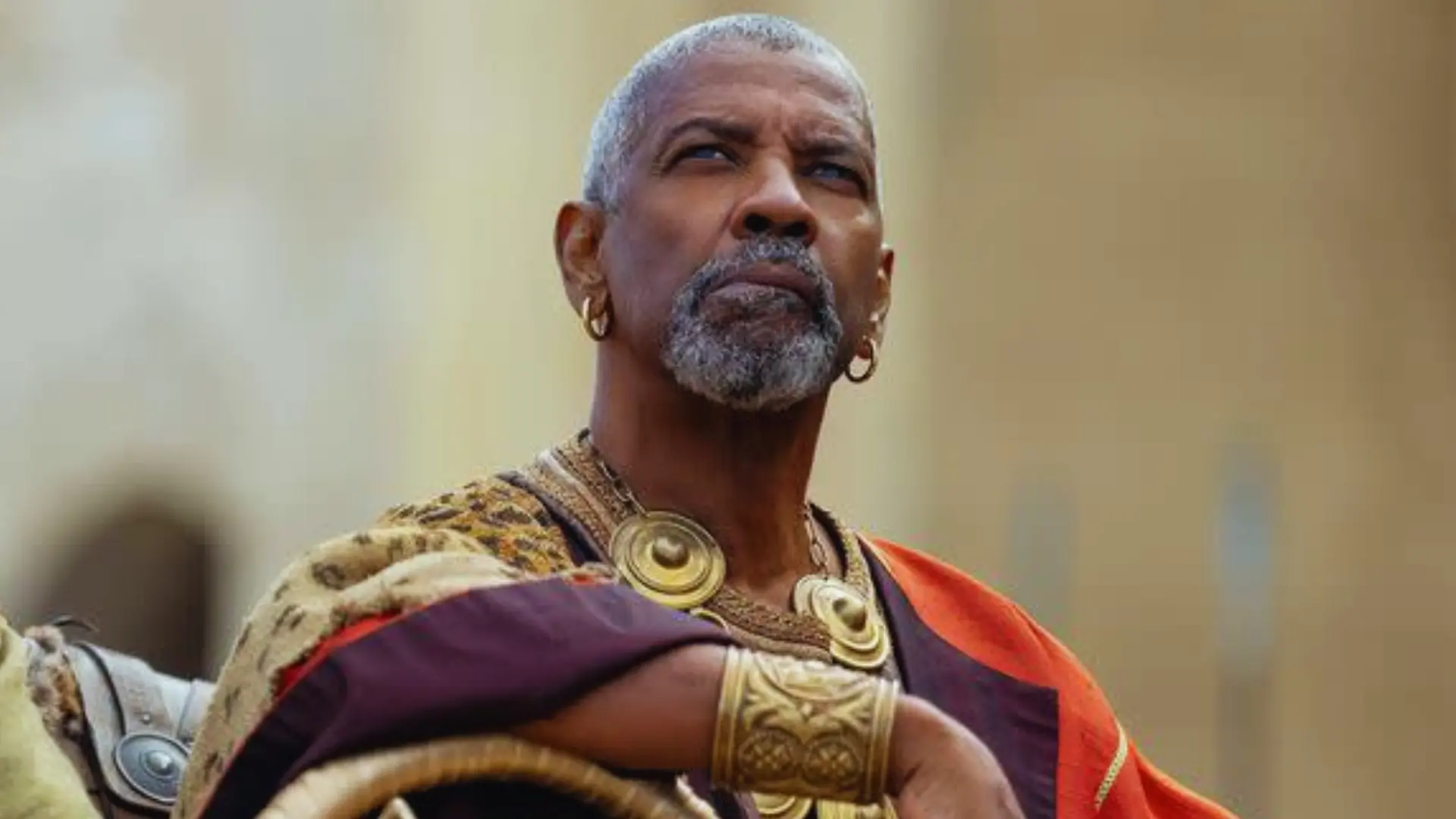India’s sports market is putting the pedal to the metal, accelerating its growth from $52 billion in 2023 to a whopping $130 billion by 2030. The change is driven by a rapidly diversifying sports fan base and high engagement from Gen Z audiences, says a new Deloitte-Google report.
As per the report, Unlocking India’s $130B Sports Potential, the sports ecosystem of India has seen a compound annual growth rate (CAGR) of 14%. It can reach levels faster than the GDP of this country. A unique position for sports is achieved because of this fact, which makes it quite powerful as an economic driver.
It is an inflection point for sports in India, a very exciting time, said Roma Datta Chobey, interim country lead for Google India. We are now witnessing multi-sport fandom that is climbing rapidly, driven by all of digital engagement activity and enthusiasm from Generation Z, who comprises the largest proportion of sports fans in India. And that makes wide-open room for businesses to engage the fan base in new creative forms.
With an approximate audience size of 655 million, India’s sports audience now boasts 43% comprising of Gen Z. Although cricket is still on a leading position, capturing 70% of the digital searches made in relation to sports; interest in kabaddi with 120 million fans and football with 85 million fans is also on the uprise. Other traditional Indian sports like kho-kho have also gained unprecedented popularity and contributed to a more diversified sports culture.
Rise Of Digital Media
Digital platforms continue to change the consumption of sports in India, and 93% would now like to consume sports through digital channels. According to Comscore 2019, the 18-34-year-olds spend 20% more time on non-live sports content like highlights, short-form videos, and interactive experiences, opening new avenues of personalized engagement. Interactive and AI-driven technologies are furthering such experiences, thus driving growth across YouTube, fantasy sports, and social media.
According to Chobey, beyond regular television, much room remains for digital-first formats in short-form highlights, behind-the-scenes content, and interactive features. Personalization will be paramount when reaching out to Gen Z, a group requiring experiences to be both personalized, sensory, and unique, while leveraging AI as much as possible.
Economic Impact And Employment Opportunities
India is also going to have a huge economic impact on the sports industry, projecting 10.5 million jobs and $21 billion indirect tax revenue by 2030. The sports goods and apparel market will continue to grow to a size of $58 billion because of increased awareness about fitness, which further increases demand for merchandise associated with favorite teams and athletes. Esports is growing at a tremendous 25% CAGR and has the potential to reach a size of $200 million by 2030.
New revenue benchmarks are set by events such as IPL through broadcasting rights and sponsorships. IPL alone generates about $1.2 billion annually. The recent happenings are supported by government initiatives like Khelo India and TOPS, helping grassroots growth and enhancing sports infrastructure.
The future of the industry must necessarily be about creating sports participation pan India and ensuring easy access from grassroots to elite levels,” said Prashanth Rao, a partner at Deloitte India. The access routes increase opportunities for broadcasting, advertising, and apparel, and grassroots participation supports long-term growth.
Infrastructure And Governance
India, despite growth, still lags significantly in infrastructure and funding. Sports budget per capita in India stands at a modest $0.3, far behind countries like the UK ($9) and Australia ($11). But that gap is expected to close through initiatives under the new National Sports Policy 2024 and innovative public-private partnerships.
Apart from additional funding, the development of infrastructure access initiatives like the Khelo India Playfield Repository and optimum use of digital facility access are going to assume prime importance. “This will speed up the process with the help of CSR contributions along with the better utilization of technology to discover gaps,” said Rao.
The face of talent scouting, athlete training, and fan engagement is going to change with artificial intelligence and cloud technology in India. Assisted by sports-tech start-ups and platforms such as YouTube, India is entering a new age where data-driven scouting and training is going to be the reality of scout culture from rural areas to cities. This mix of formal coaching and digital resources is thus trying to fill up the gaps between technique and professional expertise.
As Rao said, “Globally, AI in sports is still at an early stage, especially at grassroots levels. But in India, steps are being taken to integrate video analysis and data-backed scouting even in rural areas.”
Growing Rural And Female Fans
Today, the fans in the countryside now contribute to 59% of the overall sum, of whom 36% are female. Kabaddi, kho-kho, and badminton all gained a gigantic following. This diversity opens an incredible prospect for brands and leagues to embrace a more inclusive and regional consumer reach.
Localization of content has been highlighted as a way to tap into this increase in demography, especially since 77% of Indian fans prefer content in the regional language. Localization and regional language support can be critical in bridging the gap between urban and rural areas. It also sheds light on the need for indigenous sports like kho-kho and kabaddi, which could drive inclusion and participation.
MUST READ | Global Anti-Money Laundering Watchdog Lauds India’s Digital Stack For Financial Security


















